
In a previous article about contemporary philosophy’s main ‘regions’, I wrote what follows: ‘Admittedly, at least another article would be needed to explore and evaluate the propositions Alain Badiou put forward to replace the unity of the three regions with a fourth one.’ The present article purports to be that article needed to evaluate Badiou’s contribution to the philosophical scene. Today, philosophy’s main “regions” or currents share the idea that thought must be subordinated to language. Badiou, on the other hand, tries to show in his main work that thought can transgress the barrier that separates reality from the linguistic structures that we project onto it.
This opposition crystallizes in Badiou’s disagreement with the main representative of the hermeneutic region, Martin Heidegger. The controversy concerns the status of scientific thought. By Heidegger’s account, which I discuss in another article, science cannot think. Science’s ambition to “think reality” behind appearances transgresses the limits of what can be thought. By its very attempt to think, science makes itself unable to do so. Badiou, on the other hand, sees science as one of the domains of our culture where true thought is produced.
Alain Badiou on the Question of Being

Alain Badiou adopts the framework within which Martin Heidegger expresses his condemnation of philosophy and science. The French philosopher believes that all contemporary philosophy must start from the renewal of Heidegger’s question of Being. The stakes in Badiou’s most important work (its title Being and Event clearly alludes to Heidegger’s magnum opus, Being and Time) are, to put it succinctly, to develop another answer to the ontological question.
What is more, the answer Badiou offers to that question supposes the ontological distinctions established in Being and Time. Ontology is not the study of the kind of things there are but of what it is to be. Badiou’s definition of ontology is ‘the presentation of presentation’. It is the exploration of how, in general, things can be presented.
Alain Badiou on the Relation of Science and Being
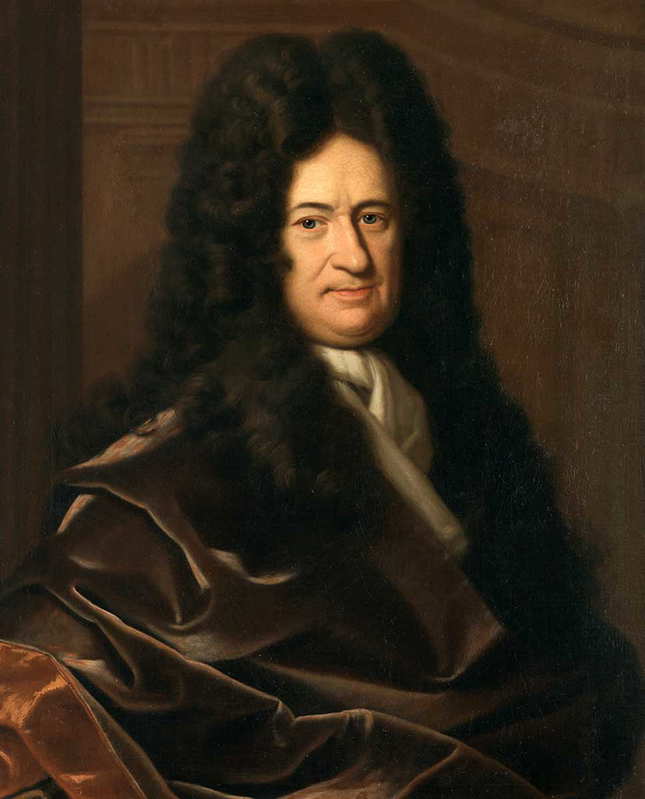
Badiou and Heidegger differ when it comes to scientific abstraction. Throughout his oeuvre, Heidegger contrasts the original richness of experience with the poverty of its scientific description. For Badiou, this poverty is the very sign of sciences’ essential relation to Being. The richness that scientific thought discards is what concerns beings and not Being.
This point certainly calls for an explanation. At the start of Being and Event, Badiou approaches Being through the question of the one and the multiple. According to German philosopher and polymath Leibniz, oneness is a necessary condition for something to count as being: what is not a being, as he put it, is not a being. The idea is that everything that exists must necessarily be something and thereby unified – one – against what it is not.
The problem with Leibniz’s reasoning is that it seems disproven by experience, in which everything is multiple. A table is one as that table, but it is also the collection of its multiple parts. If Leibniz is right, then Being seems to be something that we cannot experience. But how, then, does Leibniz know that Being is one?
Badiou’s solution is to follow experience (and Heidegger) and declare that Being must be in accordance with experience. Turning around Leibniz’s dictum, he declares that what is not multiple is not being. Oneness is nothing but an illusory effect of Being’s essential multiplicity. Oneness is what allows something to count as something. Multiplicity is that which is counted as one, the being to which the count is applied.
The Problem of the One and the Multiple
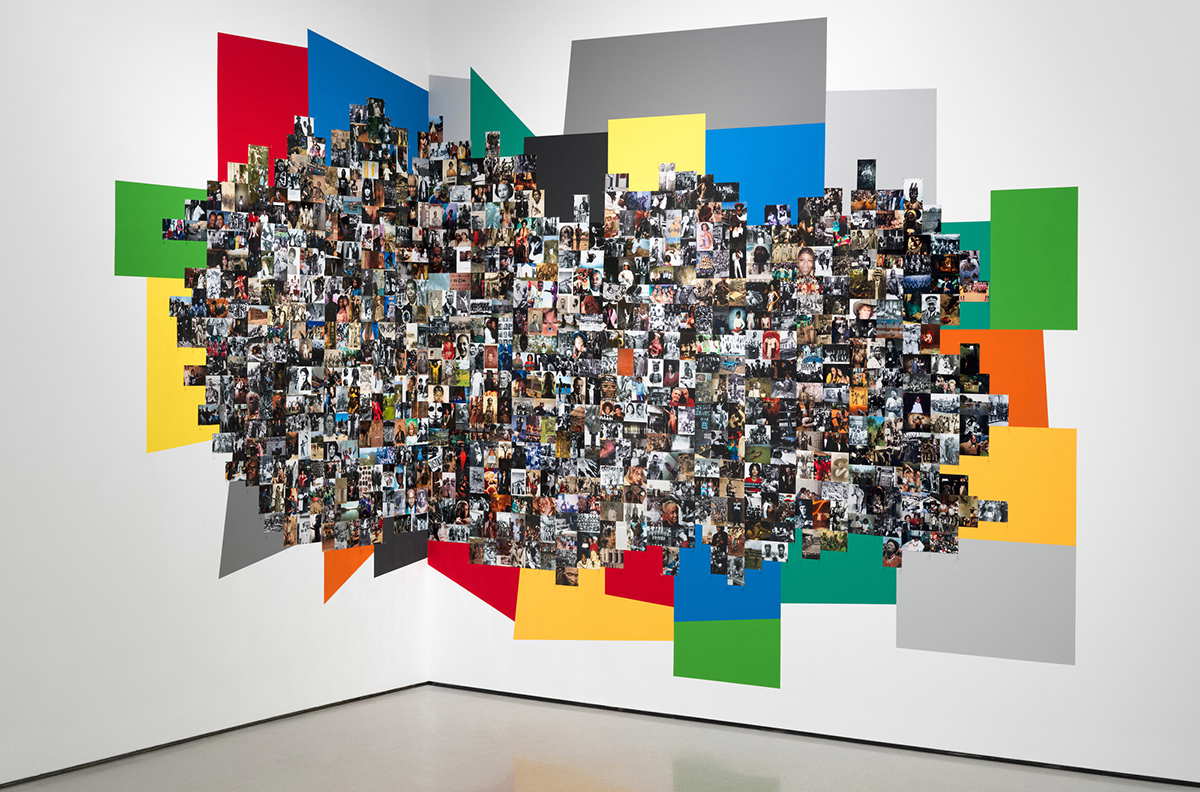
But it seems that the same problem arises again. Let us suppose that Being is essentially multiple. However, if it is to be experienced, it must surely be experienced as something and thus, as Leibniz rightfully remarks, as one. But then Being must be unknowable and Badiou’s hypothesis – Being as multiple – must be as arbitrary as Leibniz’s. We can neither gain access to the multiple beyond the one nor to the one beyond the multiple.
Badiou agrees. That which is presented, be it one or multiple, cannot be accessed in its purity, one without the multiple or multiple without the one. What can be accessed is the presentation, i.e. the process in which Being’s essential multiplicity becomes a multiplicity. Ontology cannot be the presentation of what is beyond any presentation. It can only be the presentation of presentation.
Alain Badiou: A ‘Radical Thesis’ of Ontology
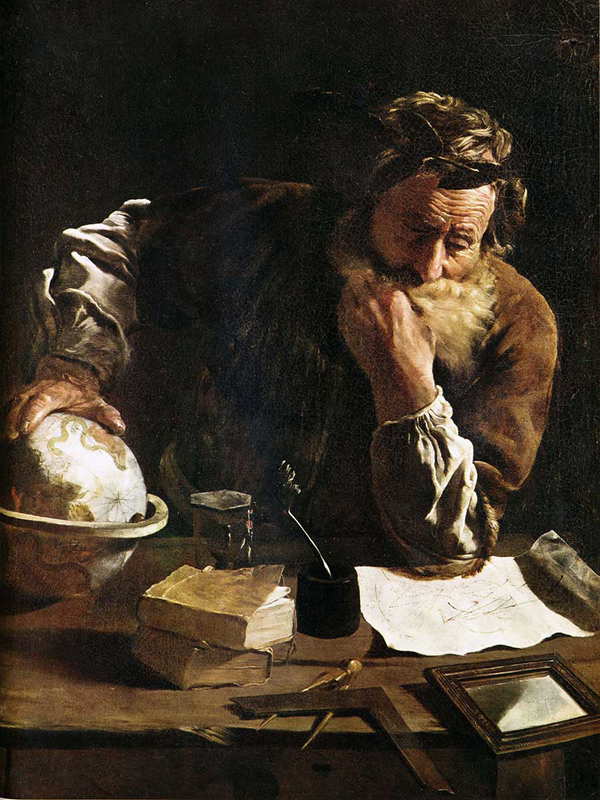
These considerations about the one and the multiple don’t seem to have much to do with the question of science. But, in fact, they prepare Badiou’s defense of science through its main paradigm: mathematics. Badiou’s ‘radical thesis’ in Being and Event is that mathematics really is the science of Being qua Being. In other words, mathematics = ontology in Heidegger’s sense.
The key to this equation is the identification of Being and the multiple. Intuitively, mathematics seems to treat the possible operations on multiplicities. According to a common understanding, mathematics is all about numbers and figures. Both of those things can be identified as multiples. A number in its most basic form is a multiplicity of unities. Originally, in ancient Greece, the number 1 did not even count as a number. A figure is that to which the concept of size applies. And size can also usually be measured by a number thus revealing the essential multiplicity of the figure.
The Importance of Set Theory for Alain Badiou
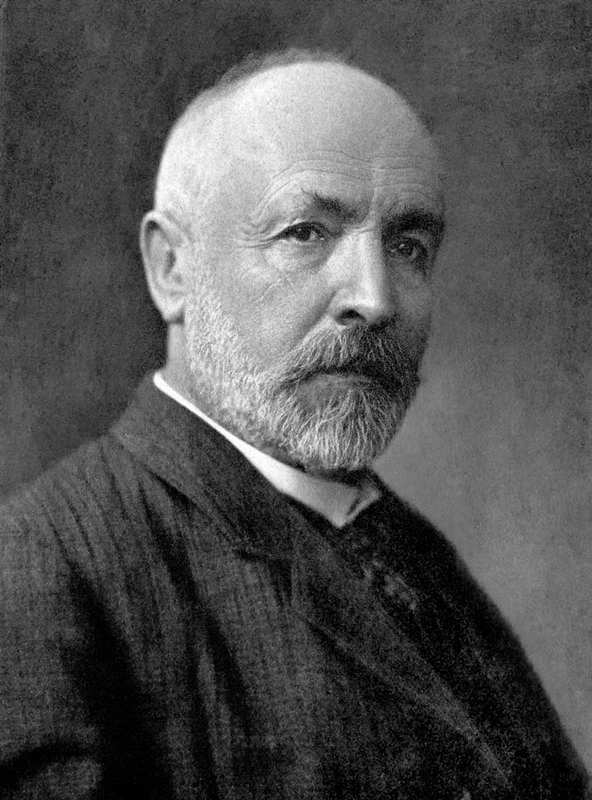
But Badiou has more profound reasons for equating mathematics and ontology. As we just said, numbers are multiplicities of unities. That means that they are not yet purely multiple. In the late 19th century, a German mathematician named Georg Cantor created set theory. From that moment forward, mathematicians could treat the multiple without one.
On the one hand, sets in set theory are nothing else than multiples. Multiples of what? For naïve set theory, a set is always a multiple of something, many things considered as one. One can speak of the set of natural numbers or the set of left-handed women living in Madagascar, and so on.
But for the rigorous axiomatized version of set theory, the set is not a multiple of anything. If you analyze any given set within its theoretical universe, you will only find more sets. The only exception is the empty set which does not contain anything. The concept of the empty set, from which all other sets in set theory are made, indicates that mathematicians think of a set as a multiple without unity. The set is not a multiple of something – which thereby would be one – but a multiple of nothing.
Cantor’s Discovery Concerning the Infinite
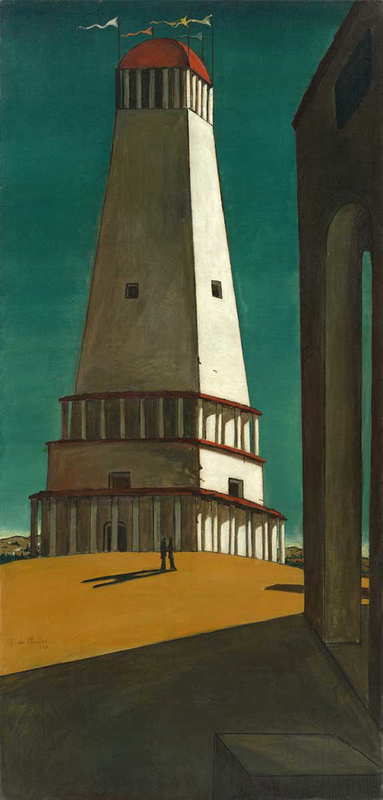
There is, however, another form of oneness that set theory seemingly cannot escape. We just mentioned set theory’s theoretical universe. Isn’t this universe a universe and thus one universe? The very fact that we can respond ‘no’ to that question is the clearest indicator of Cantor’s influence on the history of mathematics – and maybe on thought in general.
Usually, it is thought that the multiplication of mathematical objects can go on indefinitely. There is, for instance, no last natural number. One can add and multiply and raise a number to a power indefinitely without ever hitting a limit above which one cannot go on. But according to a common conception, there is one limit to this endless accumulation of numbers, namely endlessness itself: infinity.
This conception goes well with the premodern conception of the universe. Its finitude is thought to be limited by an infinite God, who is incommensurable to its creation. That the universe is finite means that it is limited by the limitless creator. Its multiplicity is constrained by the One. But Cantor’s set theory opens new paths for thinking about the relationship between the finite and infinity. In 1873, he proved that the infinite set of real numbers (all numbers that can be expressed with a sequel of decimals) contains ‘more’ elements than the infinite set of integers.
In 1891, Cantor also proved that starting from any infinite set one can produce a ‘larger’ one. His result, today named Cantor’s theorem, shows that there are infinitely many different infinities of an infinity of different ‘sizes’. Finally, it has also been proven that there is no set of all sets that recollects all those infinities. As a result, there can be no unique limit closing the set-theoretic universe off from above. The multiple is pure, without one, from the bottom to the top.
A Final Objection to Set Theory’s Claim to the Purely Multiple

The set-theoretic universe is neither consistent nor made of anything consistent. But by studying the purely multiple, does set theory not unify it as an object? Is the multiple in its purity not unified against what it is not?
In a way, the answer is still ‘no’. To circumvent some theoretical difficulties, Ernst Zermelo undertook the axiomatization of Cantor’s set theory in 1905. Simply put, he laid out a set of rules (the axioms) that he thought should delineate the possibilities within the theory of sets.
Importantly, at no moment did he define the objects of the theory. Strictly speaking, the objects are only whatever can serve as a support for the relations defined by the rules. What a set is is just a term written right of the symbol ‘’, which can be read as ‘belongs to’. The multiple is thus never explicitly unified against what it is not. Although the theory studies the purely multiple and nothing but, it does so without ever making it an (or one) object.
The Exact Relation Between Set Theory and Ontology
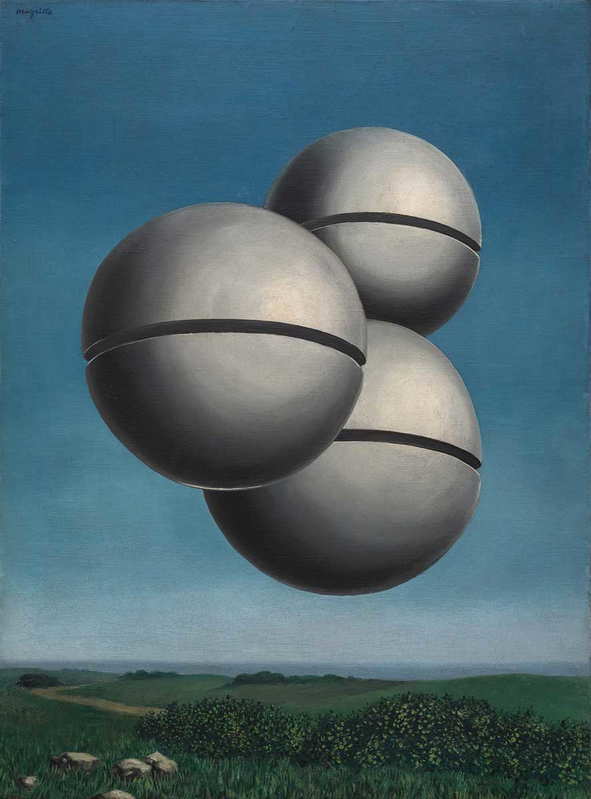
Ever since Zermelo and Cantor’s work was published, set theory has been the most popular language to speak of any mathematical object. It appears that almost anything that has been thought of in mathematics can be expressed as a set of some kind.
This fact justifies at last the equation ‘mathematics = ontology’. Since anything within the mathematical universe can be thought of as a set, and since set theory is essentially a way to think the multiple in its purity, then the invention of set theory can be understood as nothing but the historical moment when mathematics becomes conscious of its vocation to think a major predicate of Being, the multiple.
Starting from the multiple as multiple, set theory – and mathematical theories expressed with set theory – present what happens when the purely multiple becomes definite multiples. Those theories are the presentation of presentation.
Alain Badiou vs. Martin Heidegger

Science and its quintessence mathematics are not what has made our civilization forget about Being. It is what has enabled our civilization to overcome our illusions. Thereby, it has opened a pathway to Being.
Finally, there are three reasons to prefer Badiou’s account of science to that of Heidegger.
The first is that the identification of Being, truth, and appearance obstructs the elaboration of a criticism of our culture. But such criticism is necessary for Heidegger, who prefers one sort of manifestation of Being (poetry) against others (science and technology). But inauthentic appearances, such as science and technology, seem to be as much appearances as poetry. What is Heidegger’s principle here?
The second is that there may be other ways of thinking Being than those that Heidegger valorizes. If the above account of mathematics’ relation to ontology has any appeal, Heidegger is himself guilty of contributing to the oblivion of Being.
Alain Badiou and the Triad of Philosophy, Poetry, and Science
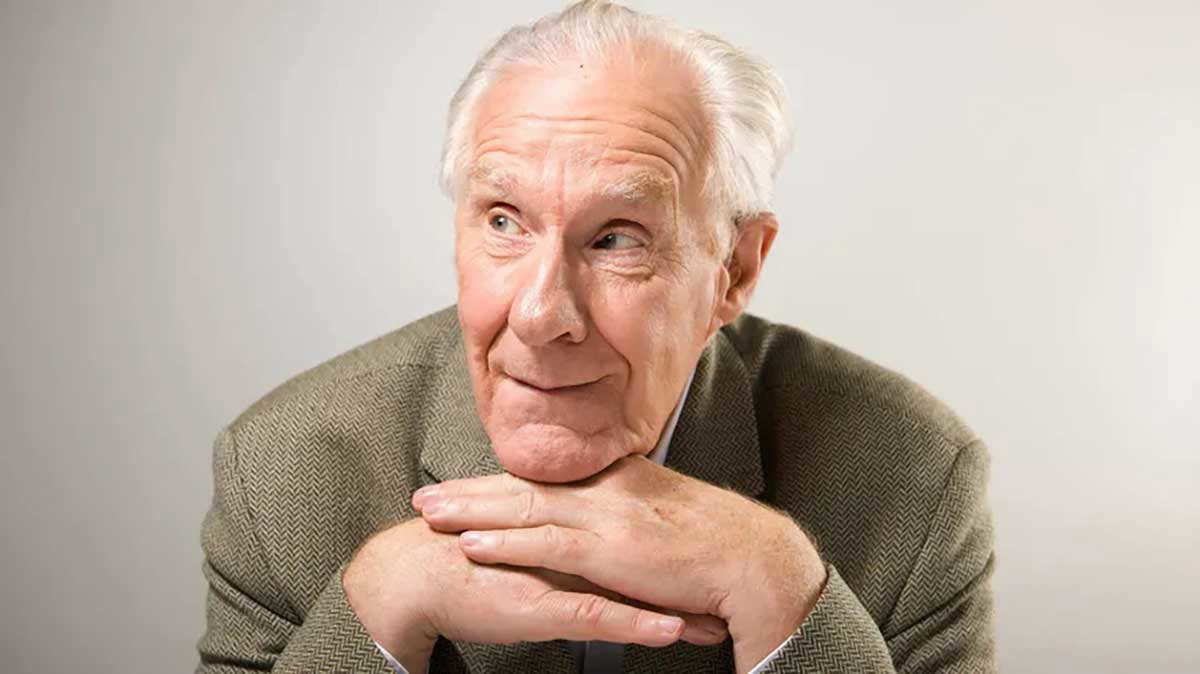
A third reason why Heidegger’s account of science is problematic is that it hinders the continuation of philosophy. If poetry is the only way to think Being, philosophy can at best be its superfluous commentary.
For Badiou, poetry and science are two different but equally important methods for thinking Being. This plural access to Being allows philosophy to become something else than the pale reflection of one or the other. Philosophy does not have to be a less accomplished thought of Being, but a thought of something else. It is the thought of its own time as determined by the discoveries within the different modes of thinking.
To sum up, we have seen how Badiou’s philosophy thinks its time by providing us with the meaning of one important discovery within science: mathematics’ vocation to think Being as the purely multiple.








